DanielT
Major Contributor
Which dispersion pattern had you chosen? If we play with the idea that you would use a waveguide. Choose vertical and horizontal dispersion and feel free to justify your choice. For inspiration here you can see different waveguides:
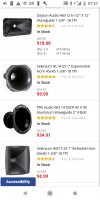
Exit:
So I'm curious if there is a general ideal or if it is for the most part an individual sound ideal. Ignore the practical DIY aspects regarding the waveguides from Parts Express. I pasted them to give the inspiration, in support of a theoretical discussion regardning dispersion.
Dispersion threads, which of course already exist at ASR but now with the opportunity to choose a wavegudie.
Some examples, from some of the waveguide / horns in the link from Parts Express:
Nominal coverage: 90 ° H x 50 ° W •
80 x 60 degree dispersion pattern with excellent directivity control
Nominal dispersion: 100 ° H x 40 ° V
Home
Explore our stock of horns and waveguides. Find the partner for your horn driver to deliver midrange and high frequencies, with reliable range and coverage.
www.parts-express.com

Exit:
So I'm curious if there is a general ideal or if it is for the most part an individual sound ideal. Ignore the practical DIY aspects regarding the waveguides from Parts Express. I pasted them to give the inspiration, in support of a theoretical discussion regardning dispersion.
Dispersion threads, which of course already exist at ASR but now with the opportunity to choose a wavegudie.
Some examples, from some of the waveguide / horns in the link from Parts Express:
Nominal coverage: 90 ° H x 50 ° W •
80 x 60 degree dispersion pattern with excellent directivity control
Nominal dispersion: 100 ° H x 40 ° V
Last edited:


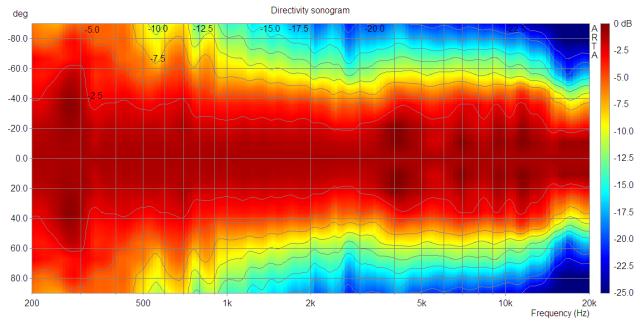



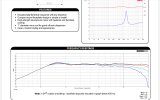
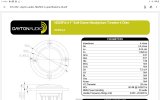
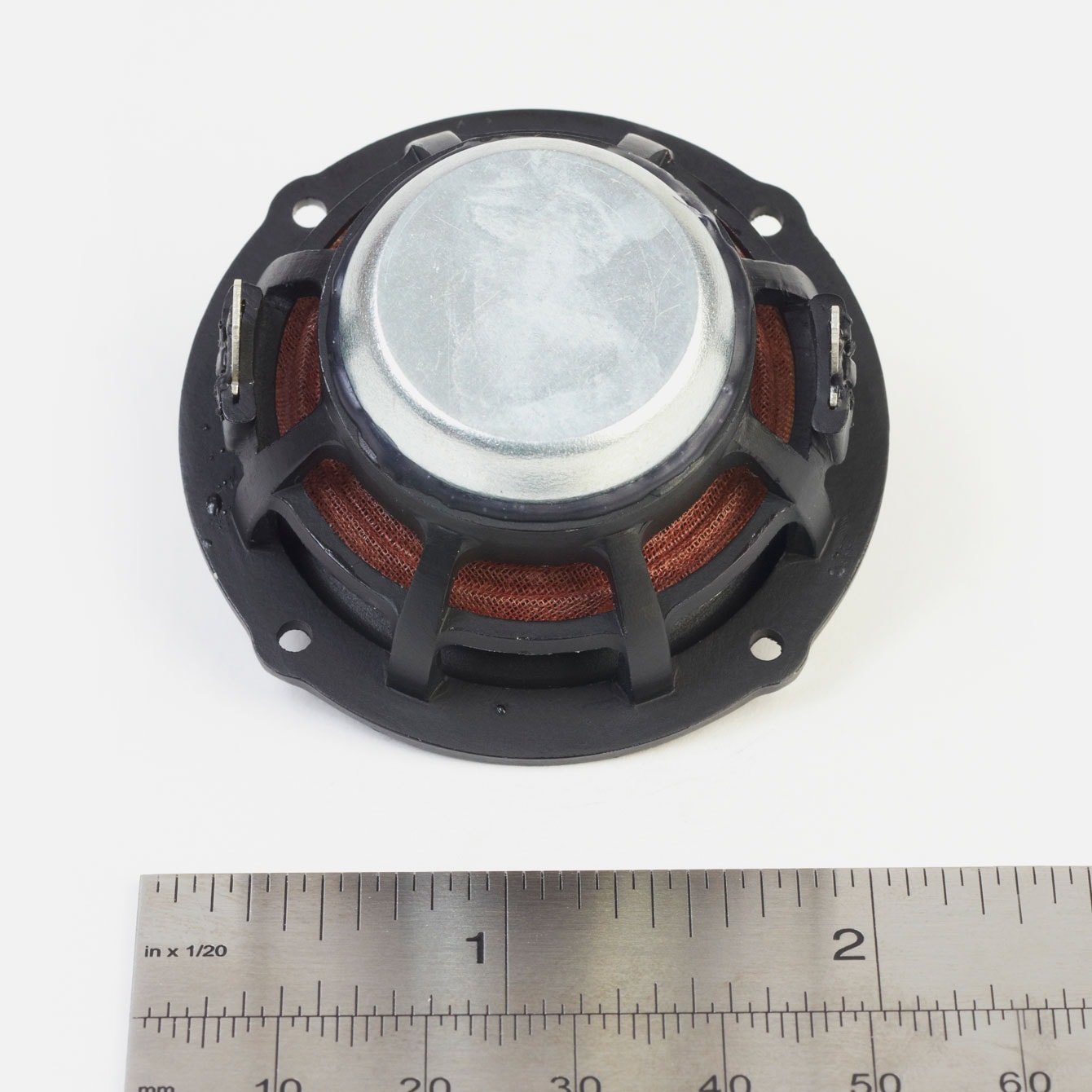
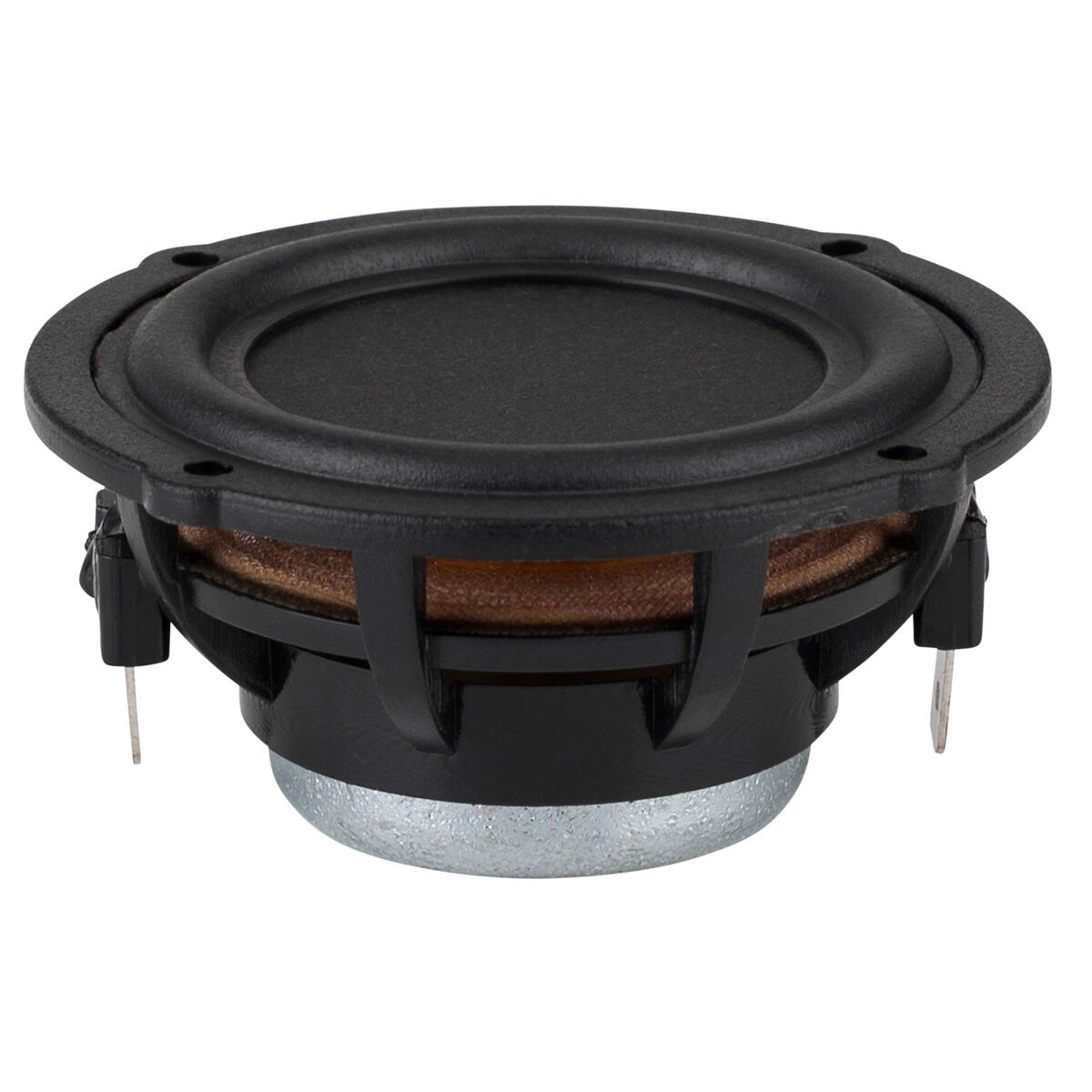



.png)